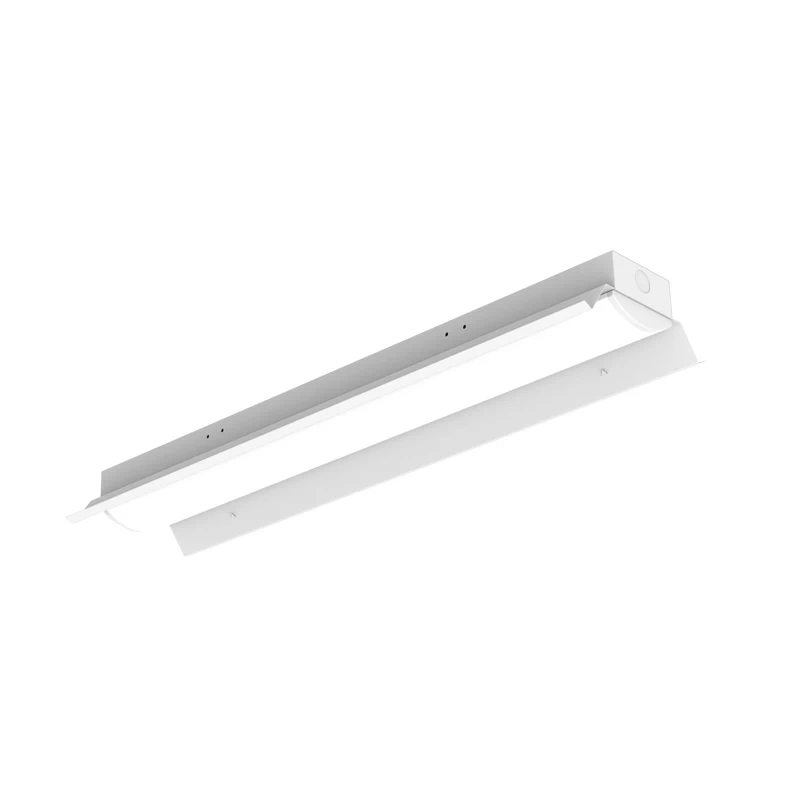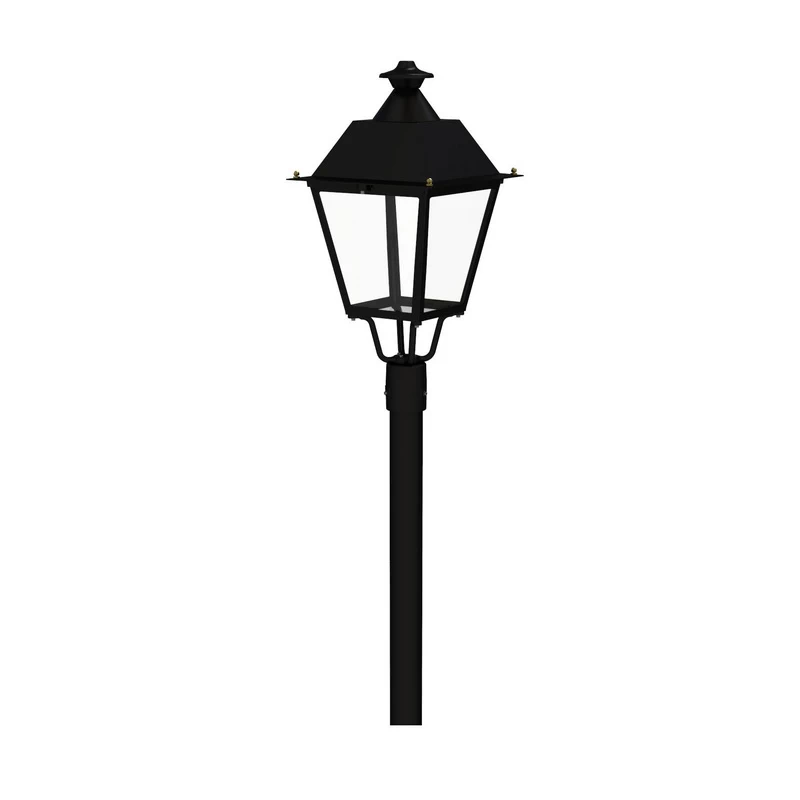Come ridurre i costi di installazione progettando le strutture?
In qualità di fornitore affidabile di illuminazione, abbiamo lavorato duramente per ottimizzare i nostri prodotti, migliorare i nostri processi produttivi e fare del nostro meglio per soddisfare le esigenze dei clienti.
Oggi voglio condividere con voi un caso di studio.
I nostri clienti giapponesi hanno acquistato da noi un lotto di baselight. I giapponesi sono noti per il loro atteggiamento rigoroso e l'attenzione ai dettagli. Considerando che il costo di installazione in Giappone è relativamente alto, hanno proposto di progettare le lampade con una struttura più conveniente per l'installazione.
Sulla base di questo requisito, i nostri ingegneri hanno analizzato ulteriormente la struttura dei baselight, condotto esperimenti di simulazione e valutato il processo di produzione. Infine, abbiamo ritenuto che la riduzione delle fasi più noiose del processo di installazione possa ridurre notevolmente i tempi di installazione.
Alla fine abbiamo deciso di utilizzare le fibbie per collegare e fissare la staffa e la sorgente luminosa. Per completare l'installazione è sufficiente allinearle e premerle, risparmiando così tempo e migliorando l'efficienza dell'installazione.
Questo nostro prodotto ha ottenuto il riconoscimento dei clienti ed è stato installato in grandi quantità in Giappone. Ha permesso ai clienti di risparmiare sui costi di installazione e ha ricevuto un ottimo feedback.
Il nostro principio è quello di fare del nostro meglio per soddisfare le esigenze dei nostri clienti e fornire loro un'esperienza eccellente.








